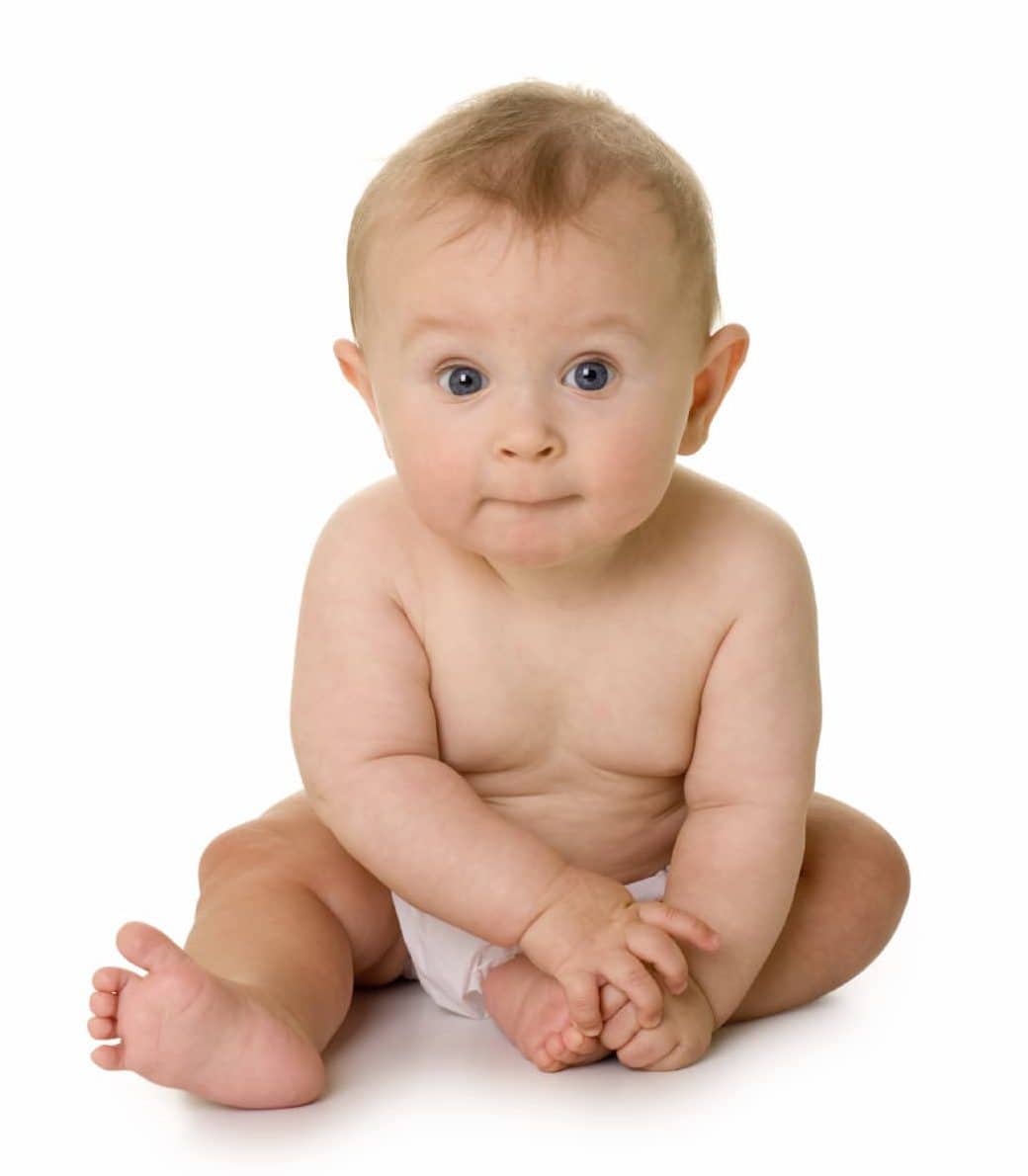
Hearing loss is the most common birth defect, with two to three out of one thousand babies born with a hearing impairment. It’s important to catch this early, as hearing plays a crucial role in a child’s social and emotional development, and is key to their speech and language skills.
Diagnosing Hearing Loss
Most hospitals screen a newborn’s hearing shortly after birth. Up to 10 percent of infants do not pass the initial hearing test, but this is often the result of movement and crying during the exam, or a buildup of fluid or vernix (the waxy, white protective coating that babies are born with) in the ears. Follow-up testing can confirm whether your baby truly has a hearing loss.
While most babies are born with normal hearing, there are some who do have a hearing loss at birth, or develop one early in childhood. Risk factors include:
- Premature birth or other complications.
- Family history of hearing loss.
- Frequent or chronic ear infections.
- Infections such as meningitis or cytomegalovirus.
- Exposure to very loud noises.
The earlier you catch your child’s hearing loss, the better. Babies rely on their hearing right from the start in order to develop speech and language skills. Left untreated, a hearing loss can lead to delays in language development and social coping skills. If there is a problem, early detection can prevent many of these issues, and put your child on the proper track for learning.
Symptoms & Treatment
Newborn hearing loss sometimes develops shortly after birth. Even if your child passes the initial hearing screening, these signs and symptoms may indicate a hearing impairment:
- Failure to startle when exposed to a sudden, loud noise.
- No recognition or response to your voice.
- Limited, poor, or nonexistent speech.
- Inattentiveness.
- Difficulty learning.
Treatment depends upon the type and extent of hearing loss your child is experiencing. Hearing aids, assistive listening devices, or cochlear implants are all commonly used to treat hearing loss. Your child’s audiologist is best qualified to make a recommendation based on his or her unique situation.
Your Baby’s Hearing Checklist
Birth to 3 Months:
Quiets or diminishes activity when approached by sound (hears parent’s voice)
Is startled by loud sounds (startle – blink, body jerk, cessation of sucking, sudden cry, etc.)
Three to Six Months:
Looks to speaker’s voice
Turns head to search for source of a voice
Enjoys rattles, noise-making toys
Anticipates feeding by familiar sounds (bottles, rattling, spoon in dish, etc.)
Six to Ten Months:
Reacts to music by cooing
Responds to own name
Looks to right person when words “Mommy” and “Daddy” are said
Shows understanding of common words such as “no”, “all-gone”, “bye”, “nighty-night”
Babbles (sounds like: da, ba ma)
Ten to Fifteen Months:
Knows names of favorite toys and can point to them when asked
Likes rhymes and jingles
Imitates simple words and sounds
Fifteen to Twenty Months:
Can follow simple directions (“Go get your shoes, jacket.”)
Recognizes hair, nose, eyes and other parts of body when named
Asks for wants by naming “blanket”, “cookie”, or “teddy bear”
Speaks 10 to 20 words
Twenty to Twenty-four Months:
Begins combining words such as: “More juice”, “Mommy home?” or “Go bye-bye car”
Refers to self by name
Enjoys being read to Shows interest in sounds of radio, television and stereo
Twenty-four to Three Years of Age:
At 24 months: speaks about 270 words with a very fast rate of increase in vocabulary each day
Wants to communicate to express needs and interests and tell experiences
Is frustrated if adults do not understand
By age three, vocabulary equals some 1000 words, about 80% of which should be intelligible even to strangers. It is not unusual for some sounds to be mispronounced (such as “th”, “r”, or “l”)
Call ENT Specialists Of Northern Virginia at (703) 644-7800 for more information or to schedule an appointment.